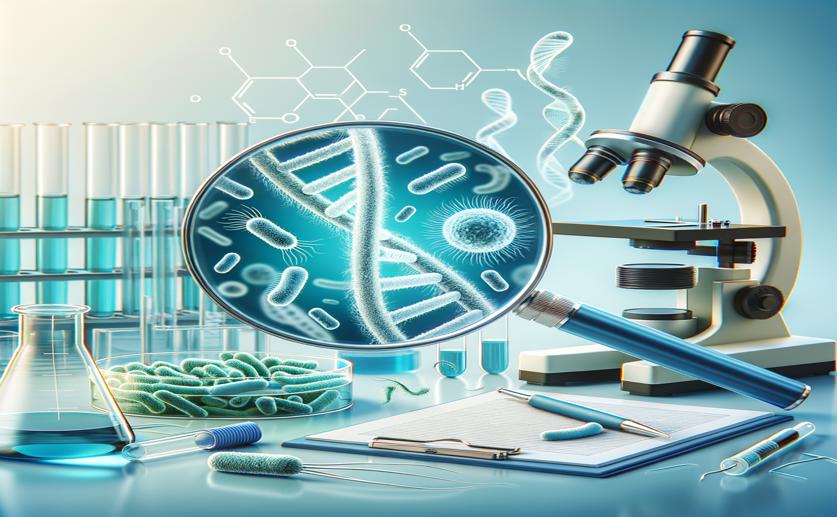
Improving How We Detect Bacteria in DNA Study Methods
Jim Crocker
12th April, 2024

Image Source: Natural Science News, 2024
Key Findings
- Researchers at Dana-Farber Cancer Institute developed a new method to better assemble genomes of abundant species from metagenomic data
- The new approach identifies and recovers abundant species that are missing from current metagenomic assemblies
- This advancement could lead to a more complete understanding of microbial ecosystems and their roles in health and the environment
References
Main Study
1) Evaluating and improving the representation of bacterial contents in long-read metagenome assemblies
Published 11th April, 2024
https://doi.org/10.1186/s13059-024-03234-6
Related Studies
2) Tackling soil diversity with the assembly of large, complex metagenomes.
3) New Biological Insights Into How Deforestation in Amazonia Affects Soil Microbial Communities Using Metagenomics and Metagenome-Assembled Genomes.
4) CheckM: assessing the quality of microbial genomes recovered from isolates, single cells, and metagenomes.
5) Minimum information about a single amplified genome (MISAG) and a metagenome-assembled genome (MIMAG) of bacteria and archaea.



 16th January, 2024 | Jim Crocker
16th January, 2024 | Jim Crocker